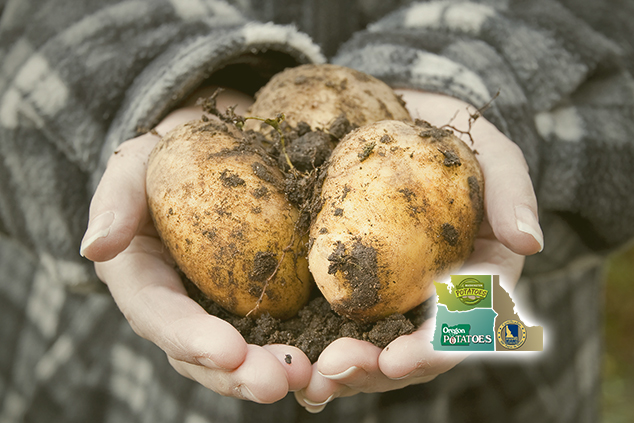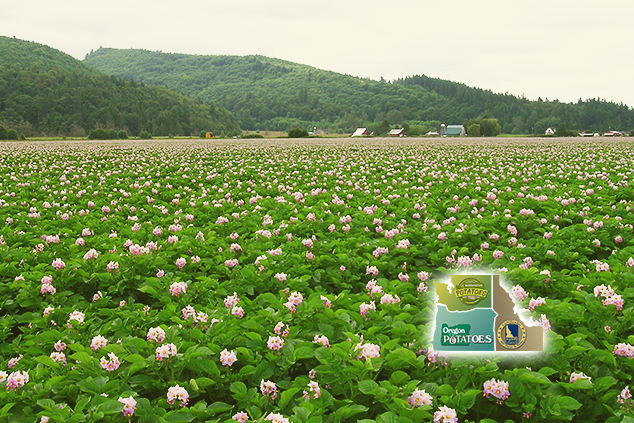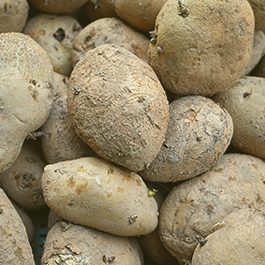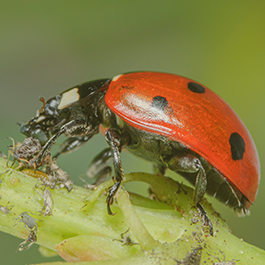Beet Leafhopper
Biology and Life History:
Beet leafhopper overwinters as adult females in weedy and native vegetation throughout most of the dry production areas east of the Cascade Mountains. Eggs are laid in stems of host plants, and a new spring generation begins developing in March and April. Adults begin to move and potentially affect potatoes during the first spring generation, which matures in late May to early June. Newly emerged adults in each generation tend to migrate from their birth areas to new areas, which causes them to encounter crop fields and potentially transmit the phytoplasma. Beet leafhopper can remain common through the summer, during which it goes through 2 to 3 overlapping generations. The final generation for the year matures during late October, and can sometimes be the largest of the year. The favorite hosts of beet leafhopper appear to be kochia, Russian thistle, and various weedy mustard species such as tumble mustard. It seems to thrive best in marginal unirrigated situations where its host plants are small and under stress.












